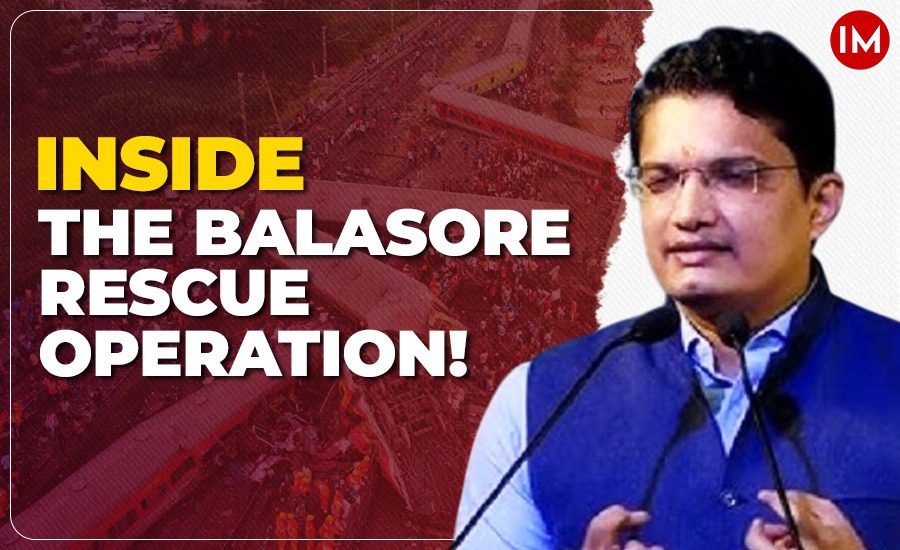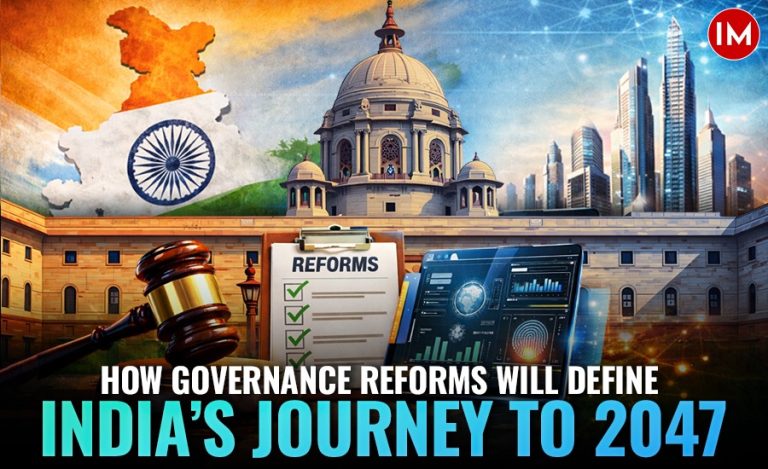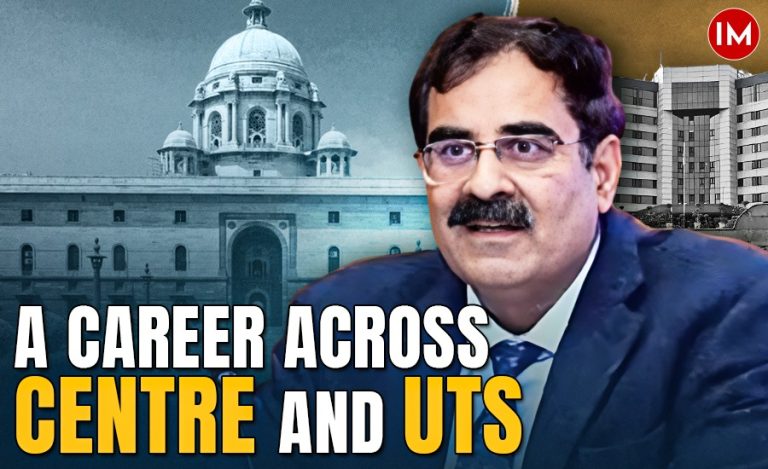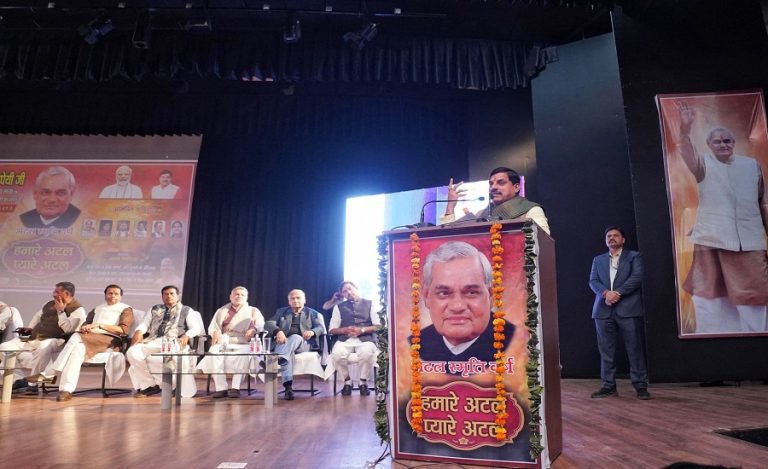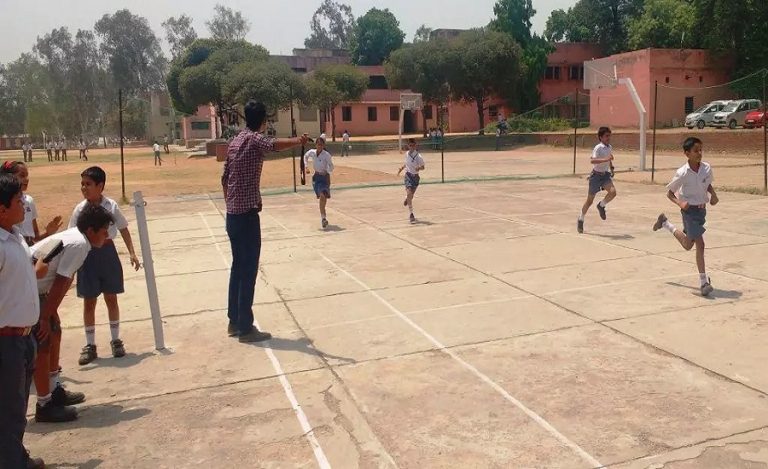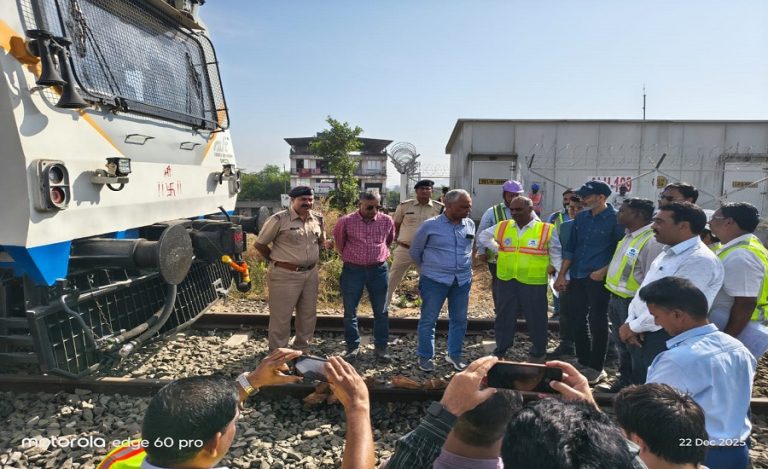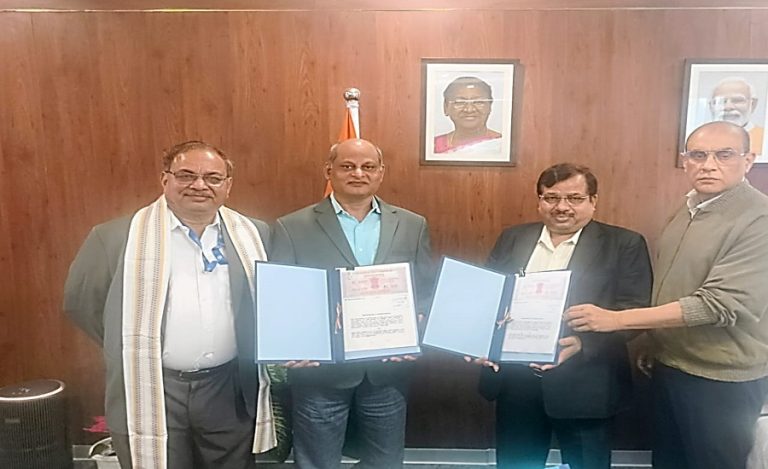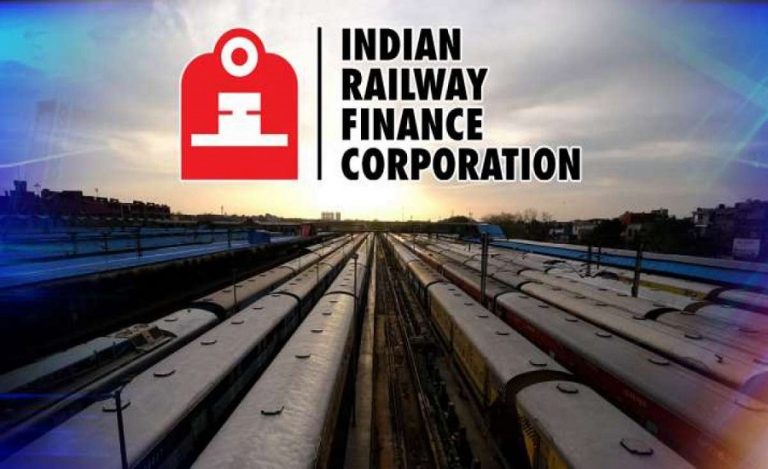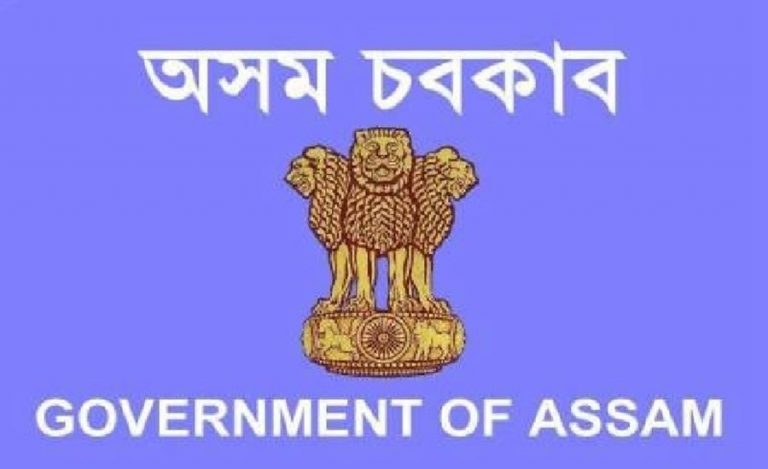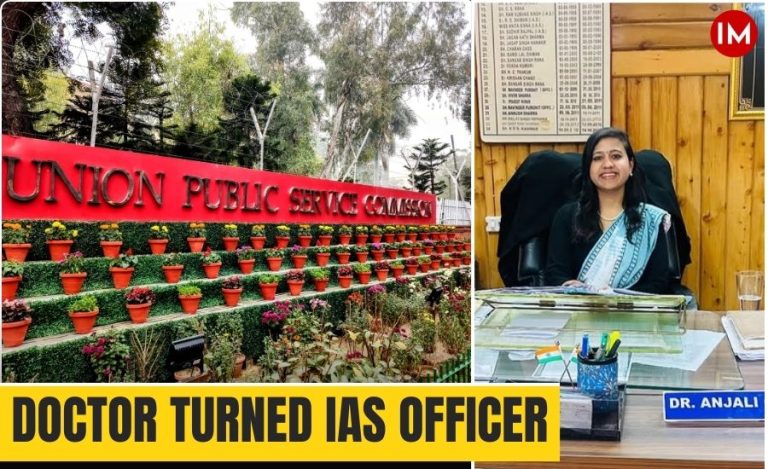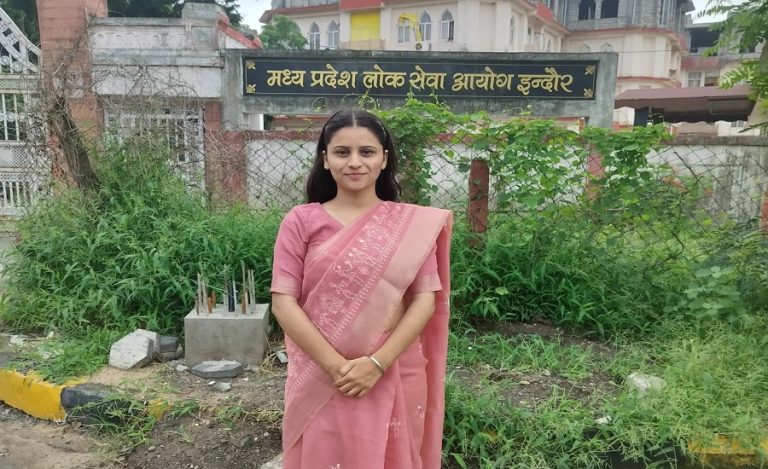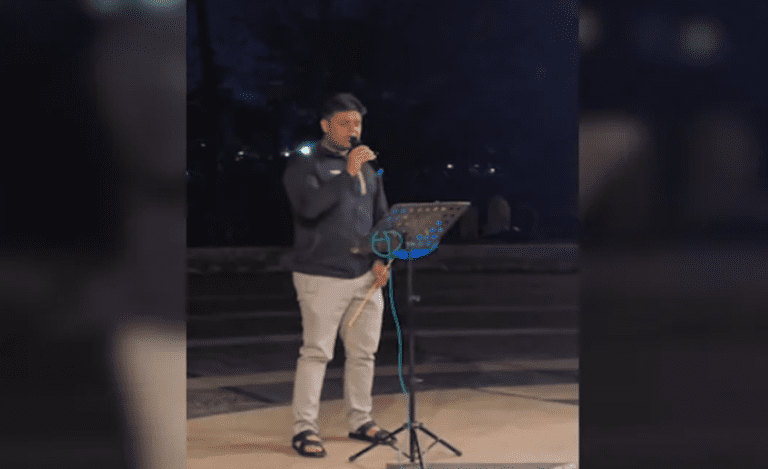On the evening of June 2, 2023, one of the most catastrophic railway disasters in India’s history unfolded in Balasore, Odisha. The Coromandel Express, en route to Chennai, collided with a stationary goods train at the Bahanaga Bazar station. The impact was devastating, and the situation grew even more tragic when the Yeshvantpur Express, traveling in the opposite direction, slammed into the wreckage. The accident claimed 296 lives and left thousands injured.
Amid the chaos, the swift, decisive response of Dattatraya Bhausaheb Shinde, a 2016 batch IAS officer of the Odisha cadre and the then District Collector of Balasore, stood as a symbol of exemplary leadership, coordination, and selflessness. His tireless efforts in managing the crisis earned him the prestigious ‘Excellence in Governance Award’ for Disaster Management in 2024, a recognition of his unparalleled dedication during one of the nation’s darkest moments.
Indian Masterminds recently spoke with Mr Shinde, who is currently serving as the District Collector of Cuttack, Odisha, to gain deeper insights into the tragic railway disaster in Balasore and his role in managing the crisis.
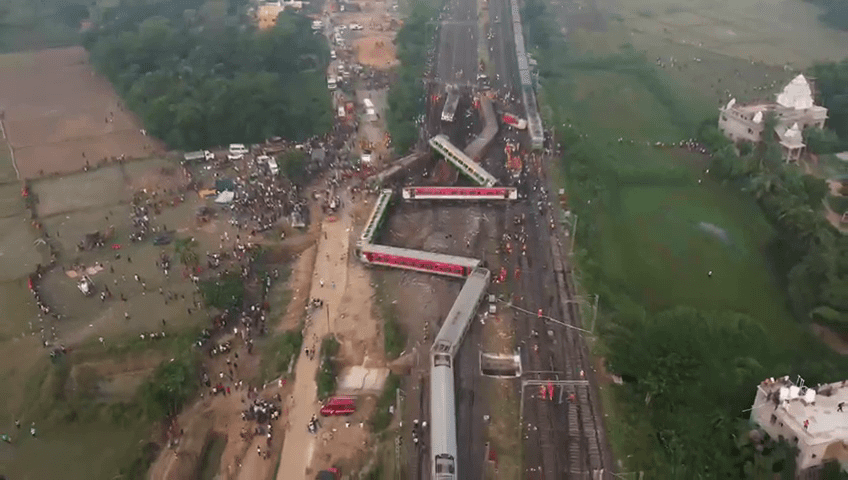
A LEADER IN CRISIS
When Mr Shinde first received the news of the disaster at around 7 pm on June 2, 2023, he didn’t hesitate for a moment. Despite the overwhelming nature of the tragedy, he understood the gravity of the situation and immediately sprang into action. Balasore was his first posting as a District Magistrate, and though he had only been in the position for a year, his calmness and decisiveness in such a critical moment were nothing short of exemplary.
He quickly alerted the District Emergency Operation Centre, mobilizing fire services, the state disaster response force, and local authorities to the accident site. His first priority was clear: to ensure that all available resources were being utilized to their maximum capacity. He personally contacted the Chief Secretary and the Chief Minister’s Office to ensure that the highest levels of governance were fully informed and could provide support.
He said, “It was a team effort. Such a swift rescue operation is only possible when we work together. It is also a tradition in Odisha for departments to collaborate as a team under the guidance of a collector, and that’s exactly what happened here. We received tremendous support from various departments and agencies, from the central government to the Railways and the National Highways Authority, among others. The state government has already empowered the collector with full authority in disaster management situations.”
THE THREE PILLARS OF THE RESCUE OPERATION
Mr Shinde, in his account of the rescue efforts, highlighted three critical steps that formed the foundation of the operation’s success:
Segregation of the Injured: The immediate focus was on sorting and categorizing the injured based on the severity of their injuries. This was essential for ensuring that medical attention was provided in a timely and efficient manner. Over 3,000 people were injured, with 1,400 rushed to hospitals for urgent medical care.
Temporary Mortuary Setup: The second critical task was to address the bodies of the deceased. A temporary mortuary was set up to ensure that the focus could remain on helping the injured while handling the dead with dignity and care. The bodies were photographed and published, enabling relatives to identify their loved ones and take them for autopsy and final rites.
Identification of the Deceased: Once the emergency medical and rescue operations were underway, efforts turned toward the identification of the deceased. This task was monumental but necessary for closure and proper handling of the situation. Photographs of the bodies were taken and shared, allowing families to identify their loved ones amidst the chaos.
Beyond that, all stakeholders, including civil society groups, were given clear directions about their roles and responsibilities.
Shinde attributed the success of these operations to the collective efforts of all involved. “The rescue could not have been accomplished without the cooperation of so many individuals and agencies,” he emphasized.
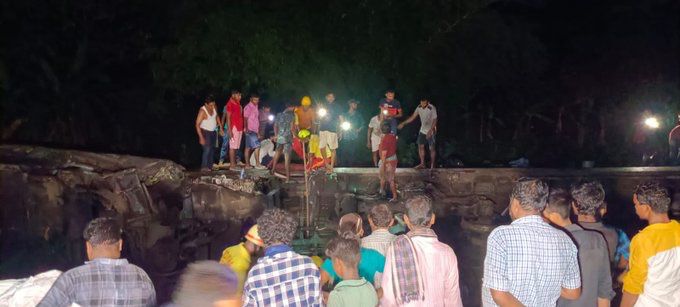
MOBILIZING A MULTI-AGENCY RESPONSE
The disaster response in Balasore was a true display of coordinated effort at every level of government. Local police, fire services, and the community were the first responders, providing immediate aid and evacuating survivors from the wreckage. The National Disaster Response Force (NDRF) and Odisha’s Disaster Rapid Action Force (ODRAF) arrived shortly after, further intensifying the response.
What stood out was the support from the local community, who played a pivotal role in the relief efforts. Residents quickly mobilized to provide food and water to the injured, while women’s self-help groups distributed cooked food to the affected. A special blood donation camp was organized, with thousands of locals volunteering to save lives.
The government quickly responded to the scale of the disaster, dispatching nine senior bureaucrats, including the Additional Chief Secretary and Special Relief Commissioner, to oversee the efforts. District-level medical teams were mobilized, and over 140 doctors, 198 paramedics, and 297 ambulances were dispatched to the site. Over 1,000 volunteers and 600 rescue personnel worked tirelessly for 56 hours straight, ensuring that critical surgeries were conducted and lives were saved.
“The key to the success of the massive rescue operation can be attributed to the excellent coordination between the district administration, fire services personnel, healthcare authorities, and disaster management authorities,” he said. The multi-agency response led by Shinde became a model for disaster management across the nation, earning praise from experts and policymakers alike.

OVERCOMING CHALLENGES
One of the most remarkable aspects of the disaster response was the speed at which normalcy began to return. Within 50 hours of the accident, passenger train services were resumed, an extraordinary achievement given the scale of the damage. However, this was only possible due to the efficient coordination of all agencies involved.
“Odisha has a better system of disaster management because we face various types of disasters every year,” Shinde explained. “But this disaster was different from traditional ones. There were no preventive measures to take; we had to act immediately, within the golden hours. Everyone rose to the occasion, which is why so many lives were saved.”
The sheer scale of the operation involved more than 300 ambulances, 97 dead body carriers, and countless hours of tireless work by rescue teams. By the end of the rescue operation, 384 critical surgeries had been performed, saving numerous lives that otherwise would have been lost.
AT THE TIME OF TRAGEDY
At the time of the tragedy, he was focused and determined. He reflected, “When I first learned about the incident, I was initially told that there had been an explosion. The first thing I had to do was inform the state government. Then, we needed to activate our emergency response system, which included fire services, police, local magistrates, and medical teams, as they needed to reach the scene first. In the background, the district emergency operation system in Odisha was also notified, which operates 24/7. Its primary role is to coordinate between all agencies involved. After that, I went to the site, started directing operations, holding meetings, and overseeing everything on the ground.”
RECOGNITION & AWARDS
For his leadership in coordinating such a large-scale and multi-faceted response, Mr Shinde was awarded the Excellence in Governance Award in 2024 under the Disaster Management category. While Shinde humbly acknowledged his role, he was quick to point out that the success of the operation was a collective effort.
“I was only one part of a much larger whole,” Shinde said. “The departments worked together as a team, and we got support from the state and central governments, the railways, and even the National Highway Authorities. I was just the one to provide direction.”

